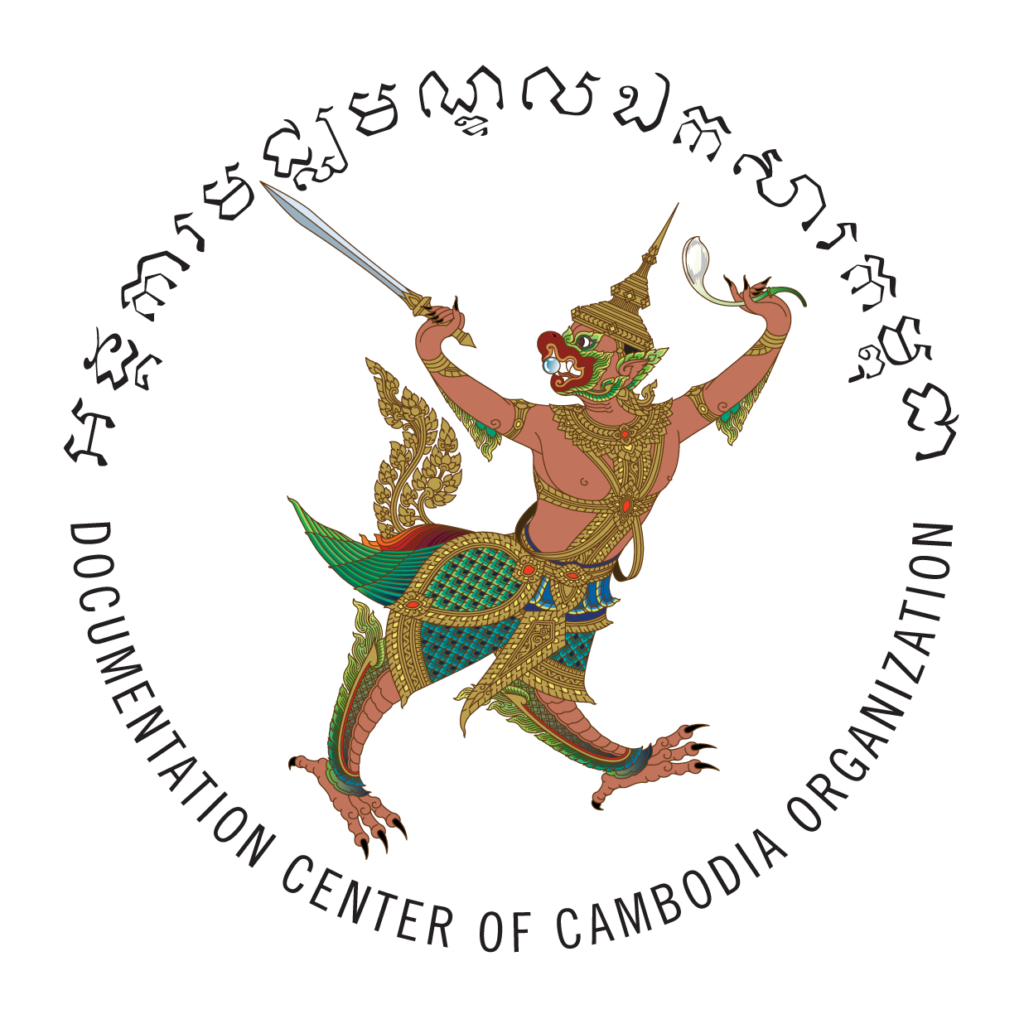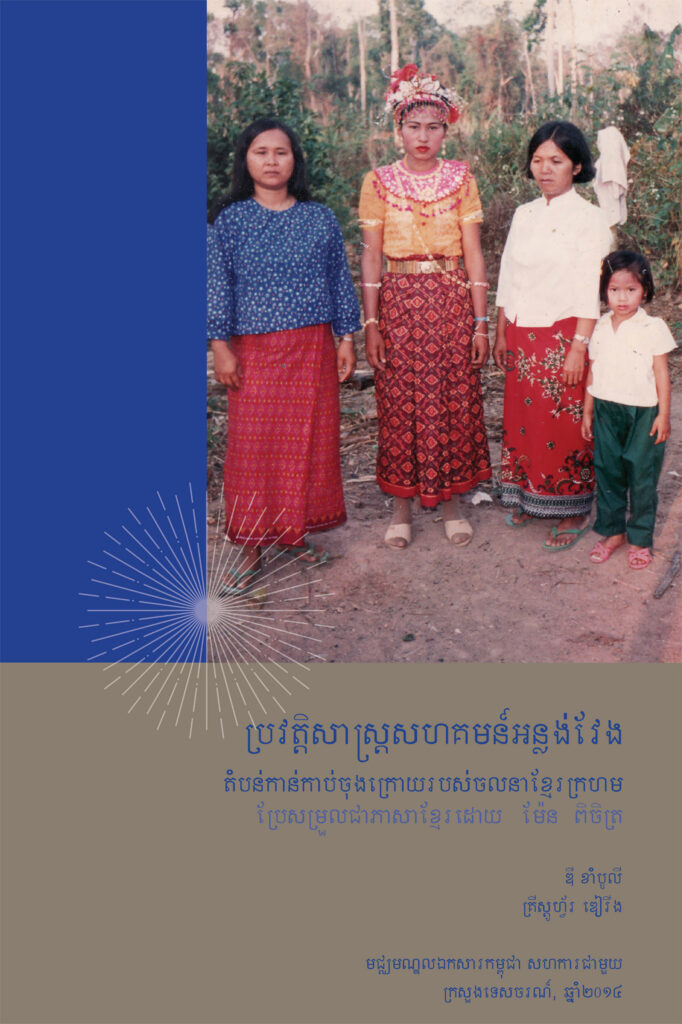History invites moral judgments, and in studying the people of Anlong Veng, it is easy to slip into an accusatory mindset. Anlong Veng was the final stronghold of the notorious Khmer Rouge regime—a regime which was responsible for perpetrating genocide, mass atrocity, and incalculable harm on the fabric of Cambodian society. It is believed that over two million people died during the regime, and to this day the country still struggles with the byproducts of this history. Many of Anlong Veng’s residents were former Khmer Rouge soldiers and cadres, and without a doubt many either participated or assisted in violent acts.
The reverse can also be said, which is that in studying the people of Anlong Veng, it might be easy to slip into an empathetic mindset in which the horrors of the regime and move-ment fade in relation to the stories and personal struggles of its individual members. Thousands of cadres and their families—including high-ranking communist leaders— were arrested and murdered throughout the country. The regime arrested, tortured, and killed members who joined the movement from its earliest days, and there was often little recourse or escape if one was suspected of disloyalty. Without a doubt, terror became a universal blanket that enslaved the society as a whole.
Even after the regime fell, the Cambodian population—both within and outside of Khmer Rouge-controlled territory—suffered incredibly. The over-ten-year war between Vietnam¬ese forces and the Khmer Rouge produced thousands of casualties on all sides. For several years the people were largely dependent on humanitarian assistance, and famine and dis¬ease were a constant threat.
The purpose of this book is to neither condemn nor venerate the people of Anlong Veng. Instead, we hope to provide a view into an under-studied community and a voice to an otherwise under-heard people. It is a universal rule that conflict resolution and peace is built and sustained on an open-minded discussion of the past.

